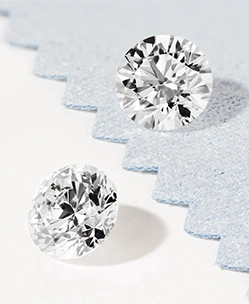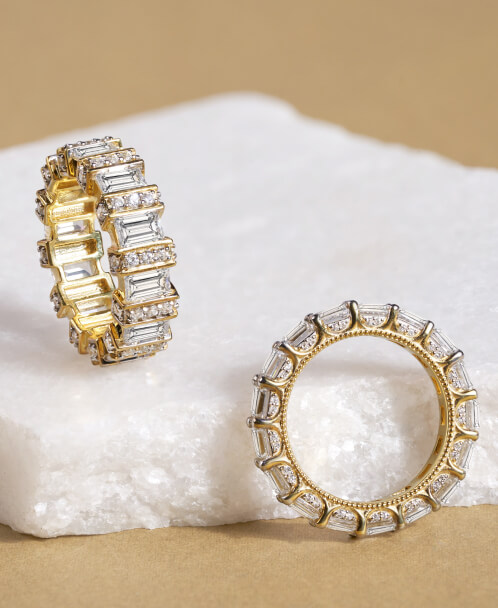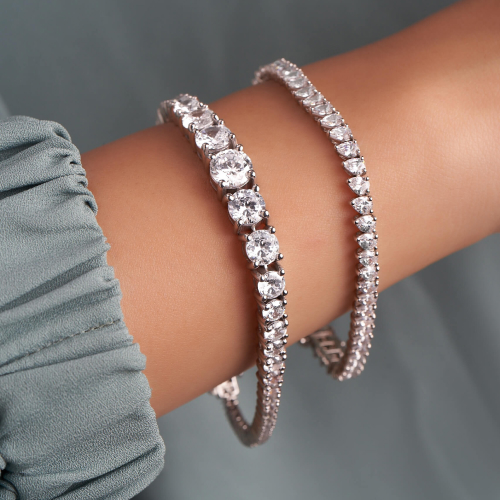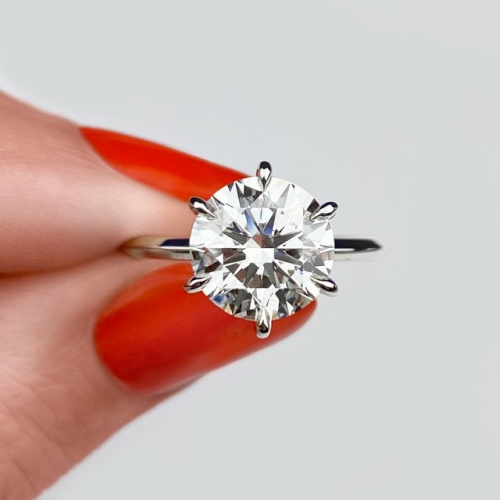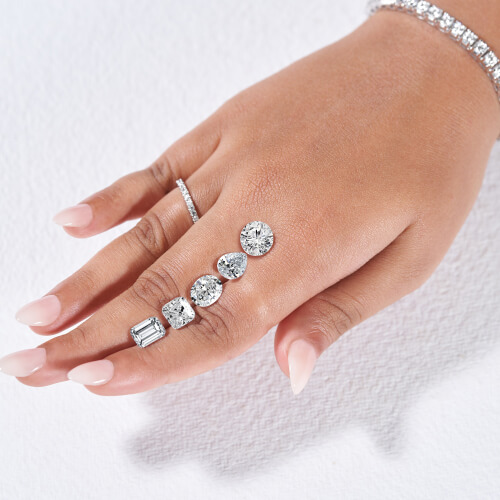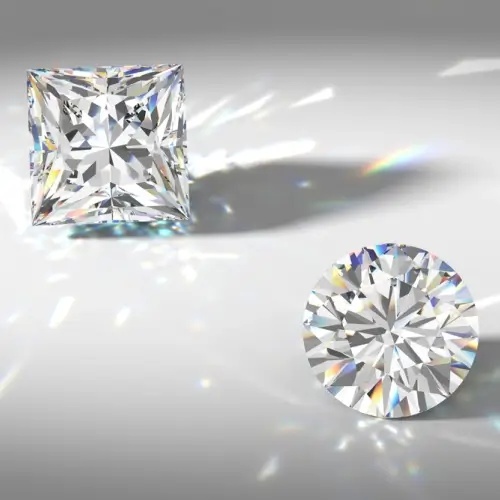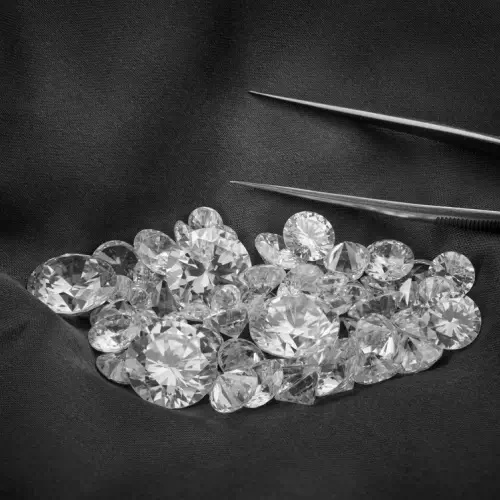Are you planning to pop the question? Or are you at the receiving end of a proposal? Chances are that although you’re looking at the best decision of your life, it’s probably also the hardest. What ring style to purchase and, most importantly, the types of diamond settings required to flaunt that beautiful stone adorning your finger? Choosing the ideal engagement ring from the countless types of diamond settings should take the front seat in your engagement planning list. It would be best if you put in a little extra effort to gauge the perfect design or ring look for yourself, or perhaps approach a professional gemologist and diamond ring specialist.
The variety of setting techniques used to secure and arrange loose diamonds and gems can seem daunting and complicated. Like, the choice between the traditional yet well-loved prong setting or a stunning and practical bezel setting is a tricky dilemma indeed. You must take special care while considering a diamond setting, as it can significantly alter or glorify the appearance of your diamond engagement ring. Fortunately, this blog will ease you into the intricacies and varieties of the types of diamond settings.
TABLE OF CONTENT
What Is a Diamond Setting?
Diamonds can be positioned smartly and by multiple techniques, making it evident why there are several different types of diamond settings to pick from. The diamond setting ideally ensures that the gemstones are set or mounted securely into the metal band. The chief role played by the diamond setting is to clasp the rock tightly on the ring.
What Are the Different Types of Diamond Settings?
With a diverse range in the types of diamond settings, the overall aesthetic and beauty of an engagement ring setting or any diamond band of your choice can be easily augmented. Listed below are some of the most popular and striking types of diamond settings.
Prong Setting
The most adored and classic 'Prong setting' usually has two or more prongs draped around the crown to hold the stone. The mounting style of a prong setting reduces the quantity of metal used; this lets more light pass through the diamond. Ideally, a ring with four prongs is the preferred setting for delicate cut diamonds like princess diamonds.

Usually, the diamond setting has little metal holders or prongs that tightly clasp the diamond to the ring. The prong setting is famous for its high exposure of the solitaire stone that does not cover up the diamond's beauty behind any extra surface.
Hence, this allows the light to shine through the gemstone and elegantly reflect for the viewer to admire. For example, the Quinn Solitaire Diamond Ring from the Friendly Diamonds’ collection is the ideal prong setting ring as it sparkles with subtle elegance and charm.
Shared Prong Setting
As explained in the prong setting segment, the prongs typically cling around the crown of a stone to hold it in place. It aims to reduce metal use and allow more light passage through the center stone.
The prongs placed in the middle of two diamond stones are referred to as shared prongs. These metal claws are affixed in the middle of two diamond stones as a set of two prongs hold onto the diamond gems.
Ideally, in a shared prong setting the two diamonds which are placed beside each other have prongs that are positioned in such a way that it holds a very small part of the stone. This leaves a large part of the diamond surface exposed which allows reflection of light to flow through the stone giving it a radiant and graceful appeal.
To better understand the shared prong setting, you may check out the Friendly Diamond eternity bands range. The sparkling highlights of the rings are nothing less than a show-stopper at your next event.
Pavé Setting
The pavé ring setting features smaller diamonds embedded across the ring's band and goes all the way to the center diamond. This type of diamond setting is of two types and hence, can be easily confused, i.e. the pavé and the micro pavé setting.
The term pavé includes the various sizes of the gem that is embedded in the band while in a micro pavé setting there are numerous stones with the same size and are often much smaller in carat weight than diamonds used in a pavé.

The Dua Side Stone Knife Edge Diamond Ring available at Friendly Diamonds is a ring crafted with fine diamonds flowing luxuriously on either side of the center stone; this ring has two layers of pavé set diamonds.
Halo Setting
The beauty of the unique halo setting is that it encompasses a set of small accent stones, similar to pavé settings, which borders the larger center stone. On top of that, halo settings are also versatile settings that pair well with all diamond shapes. For example, a cushion-cut stone can be embellished with a round halo.

SHOP halo engagement rings
Essentially, the halo setting is a perk to those who wish their center solitaire to look much bigger and sparkling. Elle Classic Halo Diamond Ring from the Friendly Diamonds inventory is the classic example of the gorgeous halo setting where smaller diamond accents surround a center diamond.
Bezel Setting
A bezel setting showcases a metal rim that holds the diamond or gemstone from its girdle. This type of diamond setting ensures that the diamond is securely held in place.
Therefore, the protective coverage created by the metal rim of the bezel diamond setting is a right pick for those with an active lifestyle. All the more, being a traditional and popular design, the bezel setting will never go out of style.

The bezel setting has an astounding flexible quality wherein the metal holding the diamond molds in to capture the shape and pattern of the center stone. The Bezel Set Solitaire Diamond Ring is a sleek and beautiful Friendly Diamonds ring that is just the perfect ring for your daily wear.
Channel Setting
The channel setting flaunts an exceptional flow of little diamonds on the band, which are held securely in the middle of two metal walls. At the same time, in this type of diamond setting, one can observe that the diamonds are placed beside each other with no metal barrier in between them.

Therefore, in a channel setting which is also one of the most secure settings, the diamond is firmly set in the band as it is held on either side of the vertical metal walls. The best example of a channel setting ring is the contemporary band the Idris Secret Halo Diamond Ring, an excellent pick from the Friendly Diamonds’ collection that showcases a flow of channel set diamonds in the center row of the rings’s shank.
Gypsy Setting
Another type of diamond setting is the gypsy setting which is also referred to as the flush mount setting as the diamond is embedded flush into the metal band of the ring. The Infinite Love Couple Rings stands as an example of the gypsy setting, the woman’s band has a single little diamond which is fitted in the center of the ring.
Finally, with such a wide range of options, choosing a ring from the various types of diamond setting for your fingers can be tricky. New York based Friendly Diamonds, is an online eco-friendly brand, that gives you the option to consult a gemologist and ring specialist via a virtual call to cater to all your jewelry-related needs.
